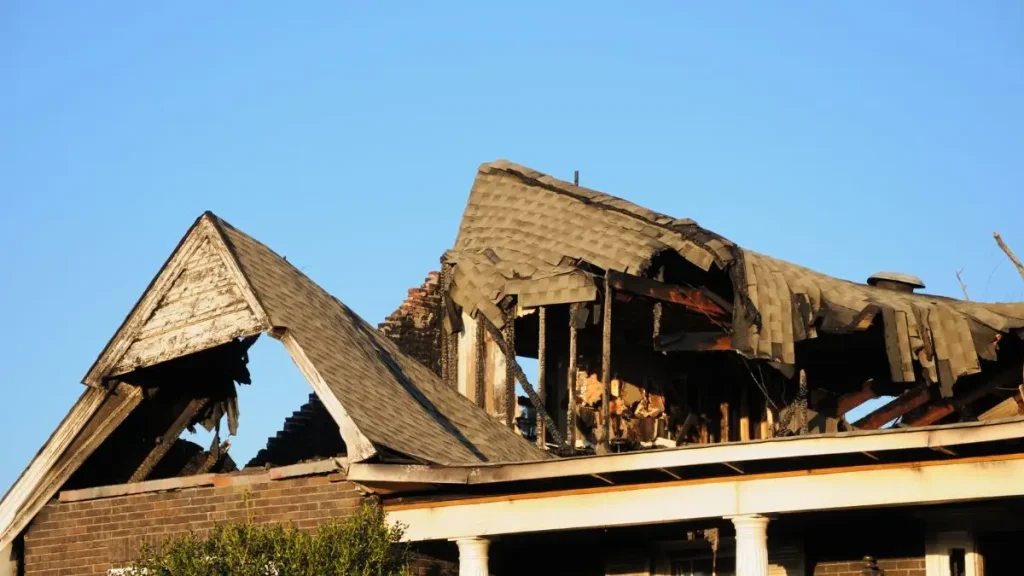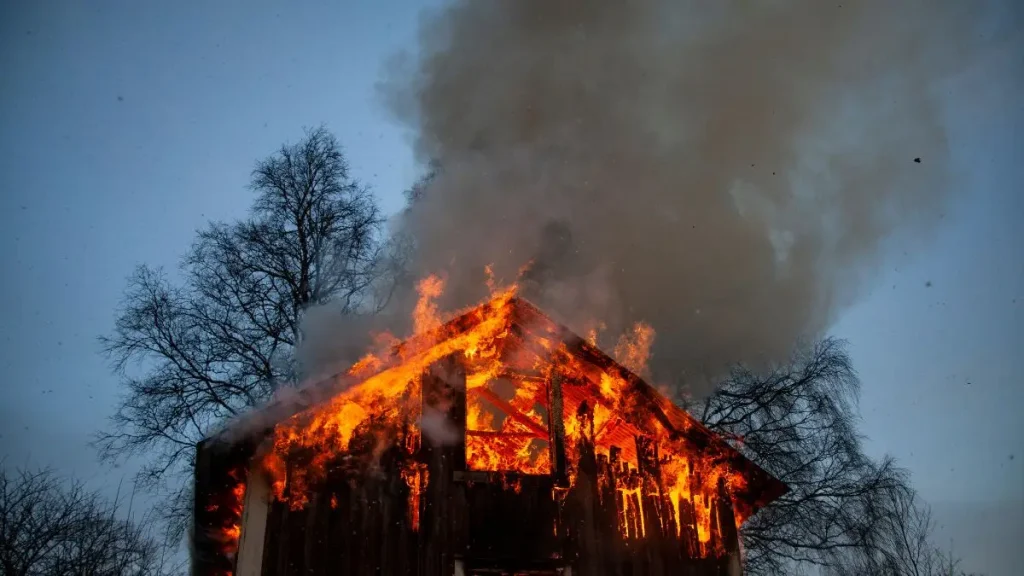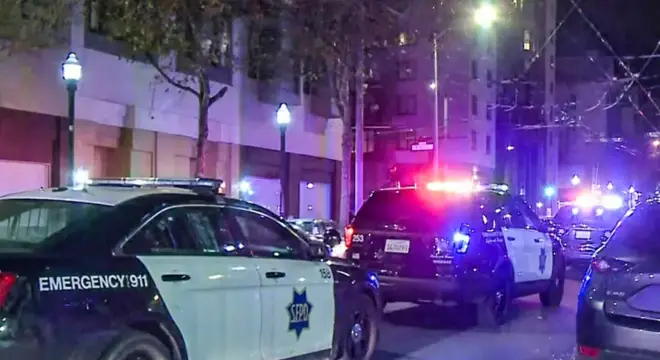10 People Displaced After Lightning Strikes North Carolina Group Home
I remember reading about this Durham group home fire and feeling a chill run down my spine. Around 10:45 p.m. on a Friday night, lightning struck a house tucked in a quiet cul-de-sac on Gardenview Place. It wasn’t just a small spark; the top of the home was completely engulfed, and the fire spread quickly enough to call in 40 firefighters.
I can’t imagine what the residents went through. Ten people had to leave their home immediately, and the Red Cross stepped in to provide temporary lodging. Thankfully, no one was injured, but the scene was chaotic—firefighters racing to contain the blaze, neighbors watching in concern, and a community suddenly shaken by a storm’s raw power.
This wasn’t just a house fire; it was a stark reminder of how unpredictable lightning can be. A quiet evening can turn dangerous in minutes, and the impact reaches far beyond the structure itself—it touches the people, the community, and anyone nearby.
How Lightning Causes Residential Fires?

When I first read the story on MyFox8, I couldn’t stop thinking about how little most of us know about lightning and the damage it can do. A single bolt can ignite a roof, set a whole attic on fire, or even overload your home’s electrical system. It’s sudden, powerful, and completely unpredictable.
I’ve learned that lightning-induced fires aren’t rare. In the U.S., thousands of homes catch fire each year because of lightning, and the damage isn’t just structural. Sparks can travel through wiring, igniting walls or appliances you wouldn’t expect. That’s why understanding the mechanics behind a lightning strike isn’t just trivia—it’s about protecting your home and the people inside it.
Even small precautions, like unplugging electronics during a storm or ensuring your roof and attic materials are non-flammable, can reduce risk. I always check the weather alerts, but seeing this Durham fire makes me realize that lightning can happen anywhere, at any time, and it doesn’t give a warning.
Emergency Response and Safety Measures
Watching how the Durham firefighters responded is a lesson in how preparation and training make all the difference. According to reports, the first crew arrived and saw flames on the third floor. They immediately called for backup, bringing a total of 40 firefighters to the scene. In just 15 minutes, the fire was under control.
I can’t stress enough how important that coordinated effort is. Ten residents had to leave their home quickly, and the Red Cross stepped in to provide temporary lodging. Imagine having to pack up your life in minutes—clothes, personal items, medications—and not knowing where you’ll sleep that night. That’s why having an emergency plan and keeping essentials ready isn’t just a tip—it’s essential.
I always keep a checklist for storms: emergency contacts, flashlights, a first-aid kit, important documents, and basic supplies. It’s a small investment of time that can prevent chaos when disaster strikes. Seeing this fire unfold reminds me that storms aren’t just an inconvenience—they can disrupt lives in ways we rarely anticipate.
The Broader Impact on Independent Recovery Communities
This wasn’t just any house—it’s part of a 14-house independent recovery community. That detail hit me harder than anything else. In these communities, residents rely on structure, routine, and support systems to stay on track with recovery. When a fire destroys a home, it doesn’t just burn walls—it interrupts lives, therapy schedules, and the emotional stability that residents work so hard to maintain.
Many news articles mention the property damage and the fire being contained, but few talk about this human dimension. Ten displaced residents is more than a statistic. It represents disrupted routines, uncertainty, and stress that can ripple across the entire community.
As I read about the residents gathering their things, I could feel the anxiety and urgency—moments like that stick with you.
Similar stories have happened before, like in Maine, where residents narrowly escaped a home fire, or in Houston County where a family was left without shelter after a blaze.
This makes me think about how important community support is. Quick action from neighbors, volunteers, and organizations like the Red Cross can make a huge difference. Recovery communities aren’t just houses—they’re lifelines.
Preventing Lightning-Induced Fires at Home
After seeing how destructive a single strike can be, I started thinking about what I can do to protect my own home. Experts suggest several steps that aren’t complicated but are incredibly effective. Installing lightning rods, maintaining roofs and attics, and making sure electrical systems are up to code can drastically reduce fire risk.
Even something as simple as unplugging electronics during storms can prevent sparks from turning into a blaze.
I’ve also learned to check the materials used in my home. Wood shingles, old wiring, and flammable insulation make a house far more vulnerable. Taking a few hours to inspect your home before storm season isn’t glamorous, but it’s worth it when you consider the potential consequences.
It’s easy to think, “Lightning won’t hit me,” but stories like this Durham fire show how unpredictable storms are. Being prepared doesn’t mean you live in fear—it means you take simple steps that protect your family, your neighbors, and your peace of mind.
For quick tips on storm safety and updates during severe weather, many people join discussion groups on WhatsApp where you can get alerts and advice directly from local sources.
Why North Carolina Must Prepare for Stormy Weather?
Central North Carolina has stormy weekends more often than we’d like to admit, and meteorologists warn that thunderstorms are becoming stronger and more frequent. Each lightning strike carries more than property damage—it can displace families, interrupt lives, and leave lasting emotional impacts.
I’ve noticed that most coverage stops at the fire being under control. But there’s a bigger picture here: climate change is increasing the severity of storms, and every community in NC is at risk. Preparing homes, understanding emergency procedures, and staying informed about weather alerts are not optional—they’re critical.
Thinking about the Durham fire, I keep asking myself: How can we make sure every home, especially those housing vulnerable residents, is protected? How can neighbors and local agencies respond faster and more efficiently? These are questions we need to consider before the next storm hits.
Lessons from the Durham Fire
Reading about this fire, I realized just how unpredictable storms can be. A quiet evening, a single lightning strike, and suddenly ten people are displaced, and a home is partially destroyed. It’s easy to feel powerless, but there are lessons we can take away.
Preparation matters. Knowing emergency exits, having essentials packed, and keeping contact information for local organizations like the Red Cross can make a huge difference in moments of chaos. I also learned how critical community awareness is—neighbors checking in, volunteers organizing support, and emergency services responding quickly can all save lives and reduce stress.
I think about how often we underestimate small risks. Lightning might seem rare, but it’s capable of causing extensive damage in seconds. This fire reminds me—and hopefully reminds you—to take storm safety seriously before it’s too late.
Even more tragic outcomes occurred in Allegany County, reminding us how quickly fires can become life-threatening.
Protecting Your Home and Family Against Lightning

You might be wondering, “What can I do to keep this from happening to me?” From what I’ve researched and learned from experts, there are clear steps you can take. Installing lightning rods and surge protectors, inspecting electrical systems regularly, and reinforcing roofing materials can drastically reduce fire risk.
I also suggest creating a storm kit: flashlights, water, first-aid supplies, important documents, and a battery-powered radio. Having a plan for where your family will go if evacuation is necessary is equally important. Small actions like these don’t just protect your property—they protect your peace of mind and your loved ones.
Even unplugging devices during a thunderstorm, which seems minor, can prevent sparks that ignite fires. When storms are approaching, taking a proactive approach can mean the difference between a minor scare and a life-altering event.
Staying Prepared and Engaged as a Community
One thing that struck me about the Durham fire is how the community came together. The Red Cross stepped in, volunteers organized support, and neighbors helped residents gather their belongings. It’s a reminder that we’re stronger when we look out for one another.
I encourage you to think beyond your own home. Talk to neighbors about storm safety, know local emergency contacts, and participate in community preparedness programs if available. Even sharing information on social media or local groups can make a difference when storms strike.
So here’s my question to you: Have you checked your home’s lightning protection or reviewed your family’s storm plan recently? Taking a few minutes today could save hours—or even lives—tomorrow.
If you want to read more about home fire incidents and safety strategies, visit our Home Incidents section for real-life stories and expert tips.
Disclaimer: This article is for informational purposes only and is based on publicly available news and expert recommendations. It is not a substitute for professional advice or emergency services. Readers should take appropriate precautions and consult local authorities for guidance during storms or emergencies.


